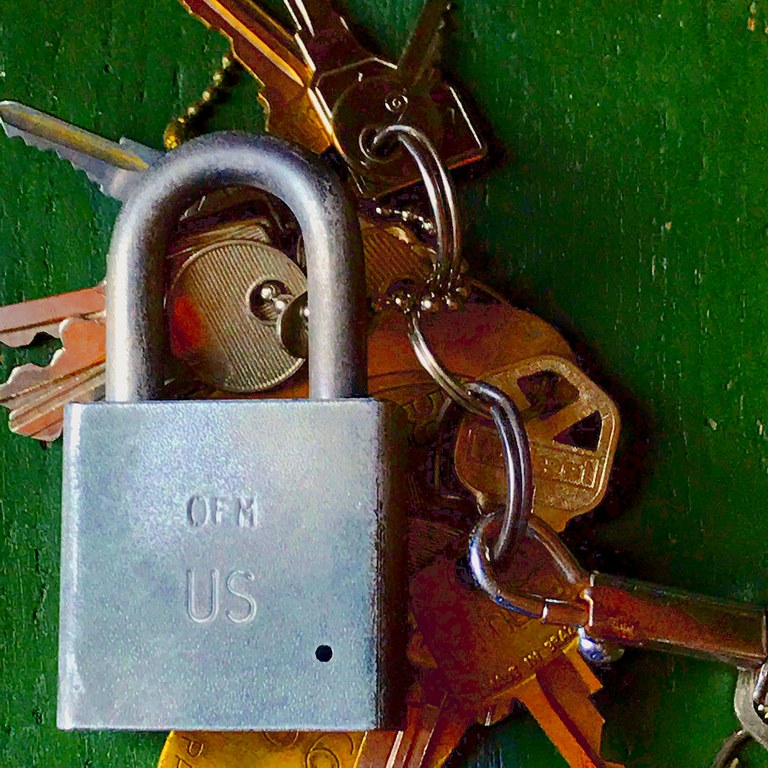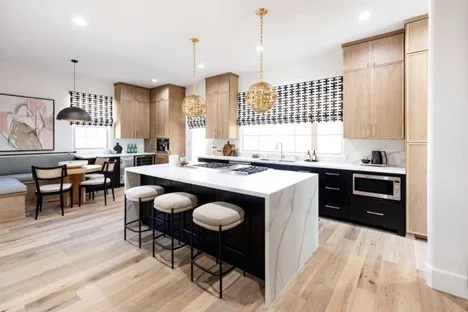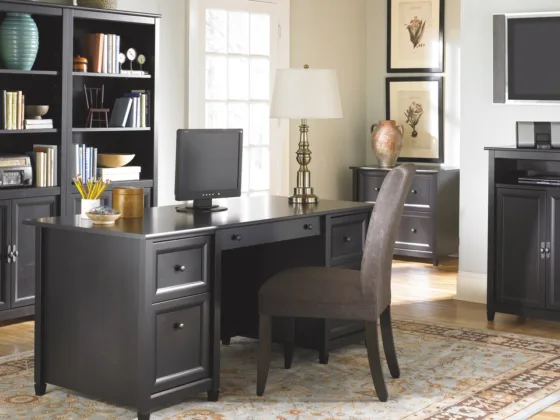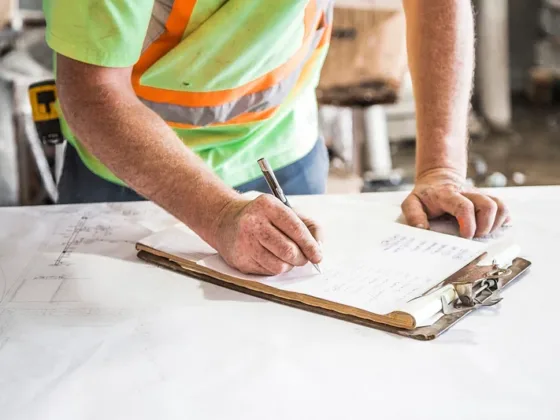Table of Contents Show
It’s no secret that locks and keys are integral to our everyday lives. Whether you’re securing your home, office, or car, you can find locks and keys virtually everywhere.
But did you know that there is a lot more to these seemingly mundane objects than meets the eye? In this blog post, we’ll explore some interesting facts about locks and keys.
We’ll cover everything from history to how they work so that the next time you seek professional locksmith services(24/7 Lockout King), you can have an interesting conversation as you wait for them to finish whatever you called them for.

The World’s Earliest Known Lock
The world’s earliest lock, which is believed to date back 4,000 years, was discovered in ruins close to Nineveh. The lock was rudimentary because its origin was from the Egyptian pin lock.
Locks more ancient than this are yet to be found since locks back then consisted of a slab of wood that slid in a slot. A wooden slab is unlikely to be identified as part of a lock if found by archeologists today.
The Egyptians Invented the Earliest Pin Locks
Did you know that the Egyptians invented the earliest Pin Locks? They made the locks out of wood and used keys.
According to historians, the Egyptians who lived around 3200 BC were the first to employ keyed locks. An adult, probably a man, operated these locks. They used them to secure doors in their homes.
Restricted Keyways are Used to Create Master Key Systems
A Restricted Keyway is a type of keyway patented and created primarily to protect against unauthorized duplication. The Restricted Keyway can only be duplicated with the owner’s consent by an authorized locksmith.
This ensures that only the owner of a restricted keyway can obtain duplicate keys for their use and helps stop keys from being duplicated for unauthorized persons without permission.
Patenting the First Key Changeable Combination Lock
James Sargent patented the first key, a time-delay combination lock, in 1857. This type of lock is now used worldwide in many applications where security and safety are paramount.
For example, time locks are found in bank vaults and other high-security containers. They serve to prevent the opening of the safe or vault until the preset time has been reached, even if the correct combination is known.
James Sargent created time locks to deter criminals from kidnapping and torturing people who have a key to a safe with a time lock.
Read Also:
America’s First Locksmith Firm
Linus Yale and Henry R. Towne founded America’s first locksmith company, Yale & Towne Manufacturing Company, on December 9th of 1868. Linus Yale Jr., the company’s founder, later invented the tumbler lock, exported worldwide by Yale & Towne. The company was operational until its closure in 2001.
Skeleton Keys are not Made from Bone
When you take a key and cut down the parts that aren’t necessary, what remains is a skeleton key. But its name doesn’t mean that it looks like a bone — after all, there aren’t any bones in a lock.
Instead, it got its name because the key has been reduced to its bare essentials: two metal pieces. These days, skeleton keys are often used for burglaries. They’re also used for locked rooms if you can’t find your key or if housekeeping needs access to your hotel room.
The Charm of a Traditional Chinese Lock
Chinese locks have a long and illustrious history. They began in the Eastern Han Dynasty and have evolved considerably since then. As a result, Chinese locks have altered dramatically in recent years, with many different choices available. However, for 2000 years, the inner workings of the locks have not changed much.
The most famous ancient Chinese lock is a key-operated bronze lock with a spring split. The intricate engravings on these ancient Chinese locks are what made them so appealing.
Human figures, lucky things, landscapes, flowers, Chinese characters, plants, and animals were some of the most typical designs etched on the body. All these gave insight into the craftsmanship and artistic skills that went into making such a simple lock.
Locking/Unlocking Automatically
One of the most important benefits of smart locking is that it can help you overcome obstacles between you and your hands that prevent you from quickly extracting a set of keys from your coat. Smart locks generally include the ability to automatically lock and unlock depending on your proximity to the smart lock of choice.
Users may, for example, program their locks to recognize mobile devices and Apple watches that are within range of the device itself. When a user is detected (via Bluetooth), the lock will respond accordingly, unlocking and then re-locking once you close the door. These are only a few examples of how smart locks can keep your house secure.









